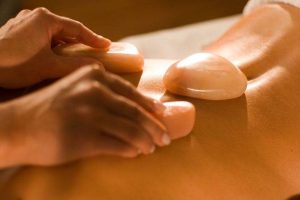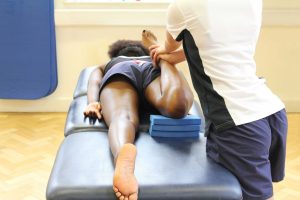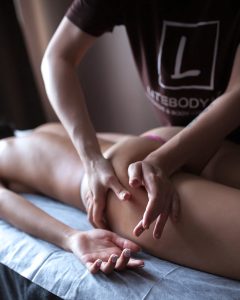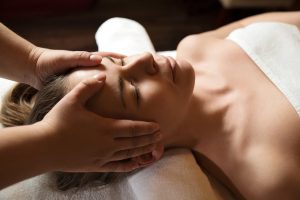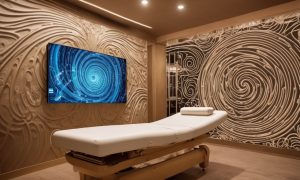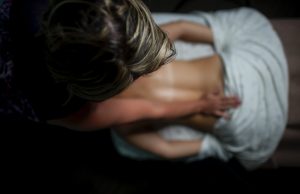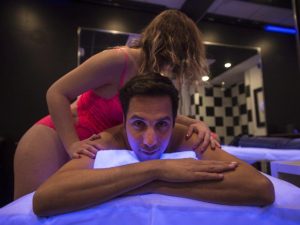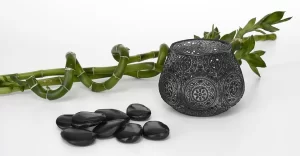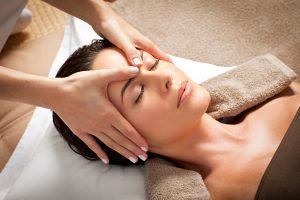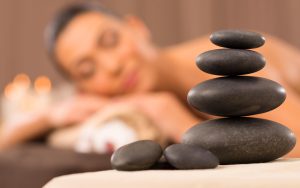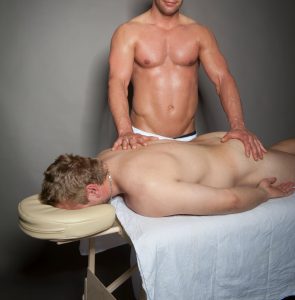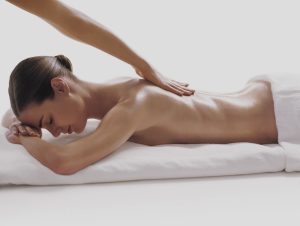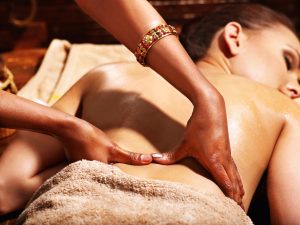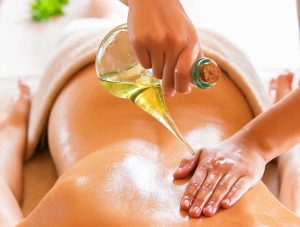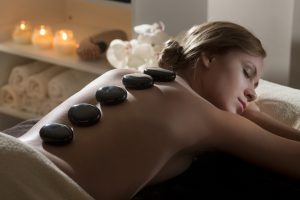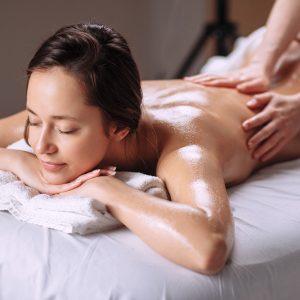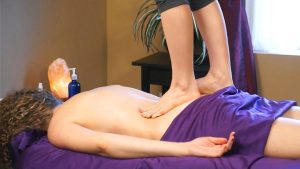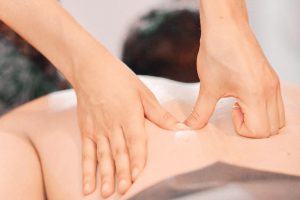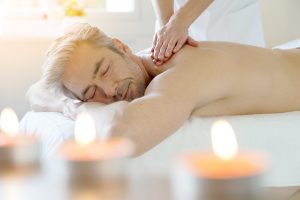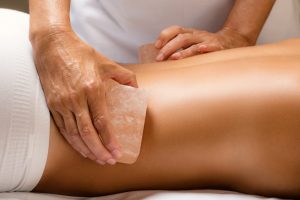Massage is considered an ancient art that is still used today to promote physical and emotional well-being. From muscle relaxation to stress relief and overall health improvement, massage can offer numerous benefits for the body and soul. However, one of the important questions related to massage is its duration. How long should it last to achieve optimal results?
In this article, we will explore the impact of various factors on the duration of massage sessions, provide information about standard timeframes, and share tips on how to choose the optimal duration for your needs. Whether your goal is relaxation or treatment, selecting the right massage time will make the experience more enjoyable and beneficial.
Factors Affecting Massage Duration


Here are some key factors that influence the optimal session duration:
- Client’s Physical Condition: If the client has specific muscle or joint issues, more time is needed for thorough and effective relaxation. For example, chronic pain or injuries may require longer sessions.
- Massage Goals: If the client seeks relaxation and stress relief, a shorter massage may suffice. However, therapeutic practices aimed at improving post-injury conditions or addressing specific issues require longer sessions.
- Massage Type: Depending on the type of massage (e.g., Swedish, Thai, sports), the optimal duration varies. For instance, Thai massage sessions are often longer than traditional massages.
- Client’s Preferences: It’s important to consider the client’s preferences and expectations. Some clients prefer shorter and more intense sessions, while others desire longer sessions for complete relaxation.
- Available Time: Some clients have time constraints, and the session should fit their schedule. In such cases, it’s important to make the most of the available time.
Standard Massage Durations


In the world of massage therapy, there are standard timeframes that help clients and massage therapists better navigate their choice of session duration. Here are some typical durations for massage sessions:
- Classic Massage: 30 minutes to 90 minutes.
- Swedish Massage: Sessions lasting 30, 60, or 90 minutes.
- Sports Massage: Sessions can range from 30 minutes for localized massage to 90 minutes for comprehensive sessions focused on maintaining and recovering athletes’ muscle health.
- Thai Massage: Sessions typically last 60-90 minutes.
- Therapeutic Massage: Short sessions of 30 minutes or longer sessions of 60-90 minutes may be recommended, depending on the client’s needs.
How to Choose the Massage Duration


- Discuss Client’s Goals: Have a conversation with the client to understand their goals and expectations.
- Assess Physical Condition: Determine if the client has specific areas of pain or discomfort that require attention.
- Select the Massage Type: Choose the appropriate massage type based on the client’s needs and preferences.
- Evaluate Available Time: Consider the client’s schedule and the time they have for the session.
- Confirm Client Preferences: Ensure that the chosen duration aligns with the client’s preferences and comfort.
Preparing for a Massage


- Shower and Hygiene: It is recommended to take a shower before the session to be clean and refreshed, creating a more comfortable environment for the massage therapist.
- Hair Care: If you have long hair, make sure it’s neatly tied or secured to avoid interference during the massage. Note that oils or lotions used during the massage may come in contact with your hair.
- Remove Jewelry: It’s advisable to remove jewelry such as rings, bracelets, and necklaces for safety and comfort during the massage.
- Address Pain or Discomfort Zones: Inform the massage therapist of any areas of pain or discomfort. This will help the therapist tailor their methods to your specific needs.
- Health Information: If you have any medical conditions, allergies, or contraindications, it’s essential to inform the therapist in advance, allowing them to take appropriate measures and customize the session.
- Relax and Mentally Prepare: Try to relax mentally and emotionally before the session, as it will enhance the benefits and your overall experience.
Questions and Answers:
What role does aromatherapy play in massage?
Aromatherapy uses aromatic oils and essential oils to create a pleasant and relaxing atmosphere during a massage. Different scents can help improve the client’s mood. Some aromas, like lavender and chamomile, are known for their stress-relieving properties. Aromatherapy can also enhance the positive effects of the massage. For example, eucalyptus oil can help warm the muscles, which is beneficial during a sports massage. Some oils, like tea tree oil, have antiseptic properties and can aid in the treatment of injuries and traumatic conditions.
Which areas of the body are considered most sensitive for massage?
Many people accumulate tension in their neck and shoulders, making relaxation in this area particularly effective. Back massage, especially along the spine, improves blood circulation and relieves muscle tension. Light facial and head massages can reduce stress. When the massage therapist works on the client’s hands and wrists, it relaxes the muscles after daily strain. Massaging the legs and feet is often particularly pleasant and helps reduce fatigue and swelling. The lower back and buttocks are also areas that often require relaxation, especially for individuals who spend a lot of time sitting.
What is massage therapy?
Massage therapy involves the manipulation of soft tissues such as muscles to promote health and well-being. It can involve various techniques, including massage therapy, muscle stretching, and the application of treatment by a trained massage therapist.
How does massage therapy help?
What are the benefits of massage therapy?
Regular massage therapy can lead to improved circulation, reduced chronic pain, and an overall increase in quality of life. It can also be a great way to relax and address conditions like headaches and migraine.
Can massage therapy address specific conditions?
Yes, a professional therapist can administer a massage with moderate pressure using specialized massage techniques to address conditions such as back pain, fibromyalgia, and arthritis.
What role does massage therapy play in pain management?
Therapeutic massage can help decrease discomfort associated with various conditions and improve range of motion, making it a valuable tool in managing chronic pain and promoting healing.












![11 Best Alternatives to Bedpage: Your Ultimate Guide [March 2024]](https://massage.dating/wp-content/uploads/2024/03/Best-Alternatives-to-Bedpage-300x200.jpg)







